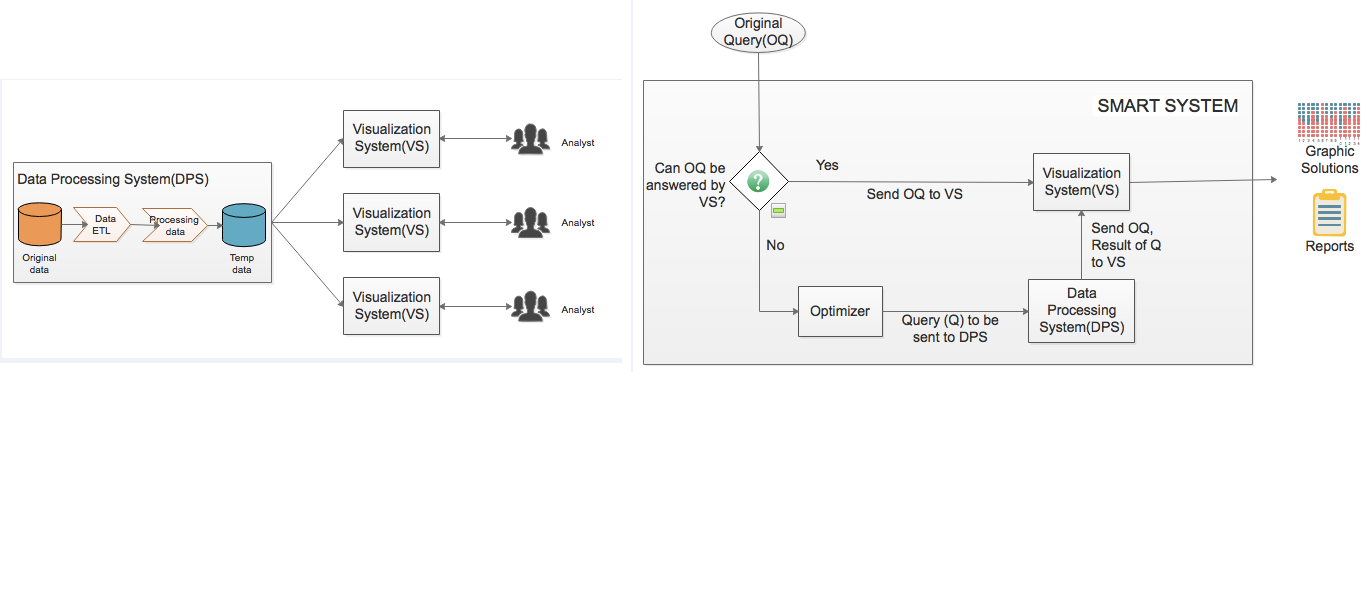Murali Mani, PhD, is Professor of Computer Science at the University of Michigan, Flint.
The significant research problems Prof. Mani is investigating include the following: big data management, big data analytics and visualization, provenance, query processing of encrypted data, event stream processing, XML stream processing. data modeling using XML schemas, and effective computer science education. In addition, he has worked in industry on clickstream analytics (2015), and on web search engines (1999-2000). Prof. Mani’s significant publications are listed on DBLP at: http://dblp.uni-trier.de/pers/hd/m/Mani:Murali.
9.9.2020 MIDAS Faculty Research Pitch Video.
MIDAS Faculty Research Pitch, Fall 2021

Accomplishments and Awards
- 2021 Propelling Original Data Science (PODS) Grant Award: Detecting Early-Warning Signals of Market Share Loss from Locus of Customer Movements
